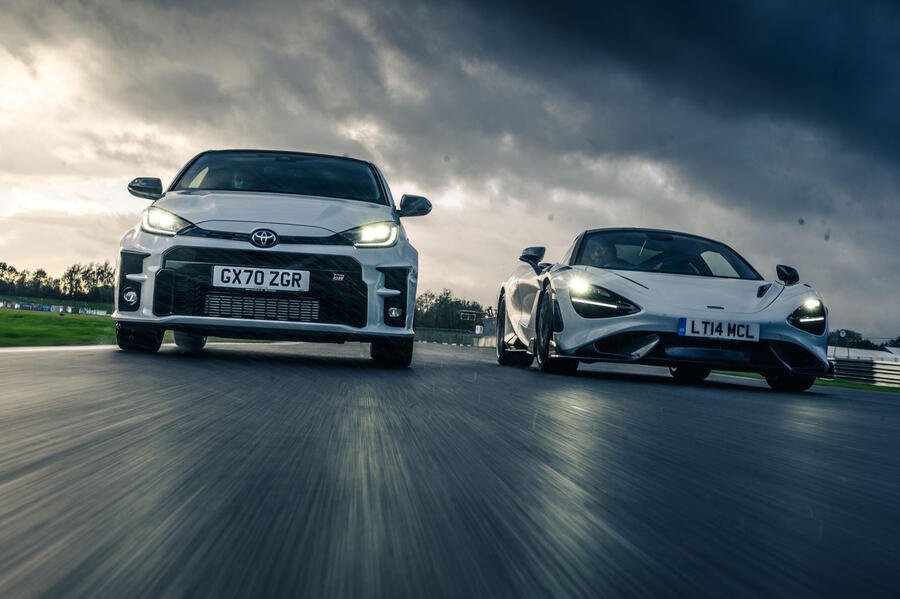Being able to look back twice as far as any other judge, I can say with confidence that this, the 32nd Britain’s Best Driver’s Car (BBDC) event, was the toughest yet.
Everything was against our doughty troupe of contenders. Of all British tracks, Castle Combe and its notorious bumps present the greatest challenge for a road car, and that’s when it’s dry. When wet, bring your A-game or stay home. When damp, wet, with hints of a dry line and flooded all at the same time depending on where you are, it’s a bloody nightmare.
The route from Combe across to quick and open roads around Wantage and Lambourn was easier for the drivers perhaps, but just as likely to expose the frailties of the cars. And then there was the time, or lack thereof. Short days, time spent sanitising cars, and periods when the track was too wet to learn anything other than how to have a pointless accident left no time for car or driver to warm up. If a car did not make you feel at once and entirely at home, that alone would rule it out of contention: there was no time for excuses.
Yet despite it all, perhaps the most remarkable fact about BBDC 2020 is that no car came up short. Usually, we’ll have invited something that turns out to be better on paper than in practice, and occasionally we’ve been left wondering why we bothered. But not this year.

So we’ll start with the car that’s already won, the Toyota GR Yaris, fresh from victory in our quest to find Britain’s best affordable driver’s car. Would it be cowed by uniformly more powerful and expensive rivals now it had earned the right to a seat on the top table? What do you think? As road test editor Matt Saunders put it: “It had the compliance, traction, stability and compactness to devour those slippery road surfaces.” At Combe, Saunders found himself actively seeking out the standing water, to see how it would cope. It did so magnificently. “I’d have taken five laps in this over 50 in some of the others” was his final comment. Was it lucky the conditions played to its inherent strengths? Possibly. Would it have done so well on a smooth, bone-dry track? Probably not, but you play the hand you’ve been dealt and it did so quite brilliantly.




































































Join the debate
Add your comment
Has to be the GR Yaris